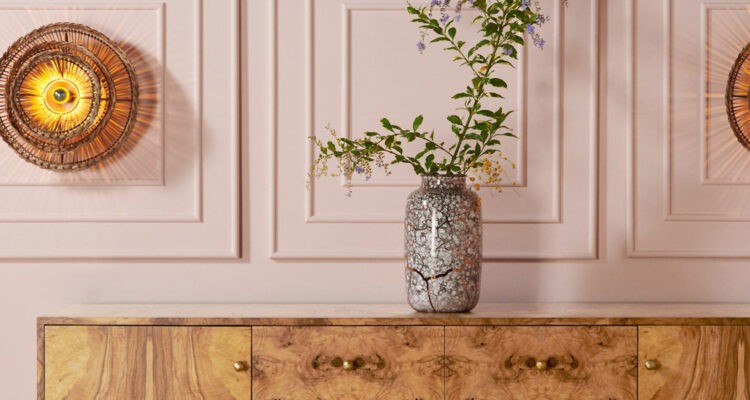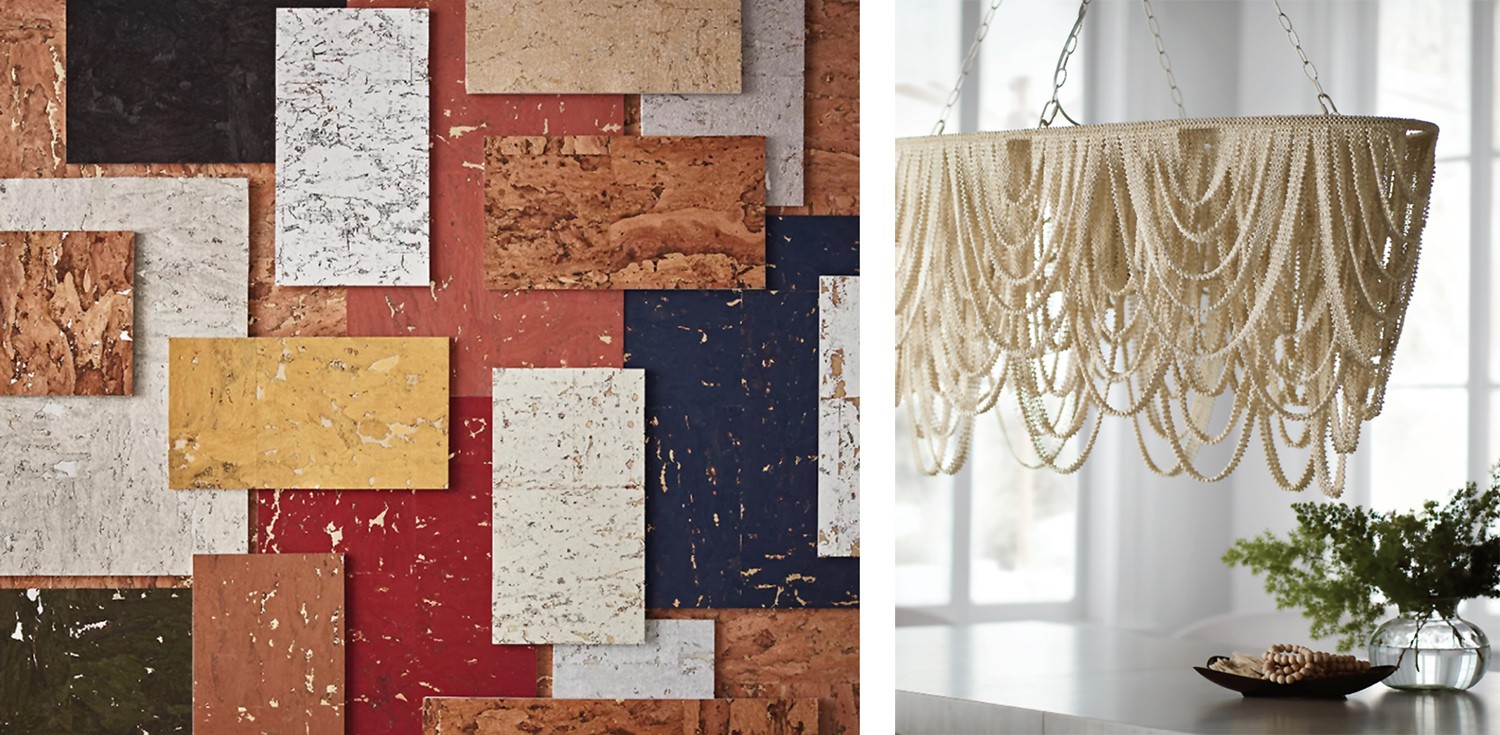Gain expert insights on how to effectively incorporate natural fabrics and wall coverings into your interior design projects.
Story by Ann Butenas | Photos courtesy of Design & Detail
In today’s interior design landscape, there is a noticeable shift towards incorporating natural fabrics and wall coverings to create warm, inviting spaces that prioritize sustainability. These materials not only add a cozy touch to living environments but also contribute to an eco-friendlier design aesthetic. To delve deeper into this trend, we spoke with Madison Storms, Showroom Manager at Design & Detail in Lenexa, Kansas, to gain insight and expertise on the use of natural materials in interior design. Through this conversation, we were able to explore the benefits, challenges, and emerging trends associated with utilizing natural fabrics and wall coverings in design projects.
KCH&S: What is driving the trend towards natural fabrics and wall coverings in interior design?
Design & Detail: The eco-friendliness and inviting atmosphere created by natural fibers, along with the introduction of warmer color palettes, are major factors driving the current trend in using natural materials.
KCH&S: What are some popular natural fabrics and wall coverings?
Design & Detail: Linen, cork, wool, and sisal are highly sought-after materials, with sisal grass cloth wallcoverings and wide-width linens specifically favored for drapery applications.
KCH&S: How do natural fabrics compare to synthetic alternatives in terms of durability and maintenance, as well as overall performance?
Design & Detail: Natural materials offer strength and durability but may need more upkeep than synthetics. While natural fibers are absorbent, they might lack stain or soil resistance compared to synthetic options.
KCH&S: How is the trend towards natural materials influencing interior design?
Design & Detail: Natural materials are making a significant impact across various aspects of interior design, from the popularity of burl wood in furniture and the use of abaca rope and wooden beads in lighting design to the shift towards warm, earth-toned color palettes, departing from the cool, gray tones that have been prevalent in recent years.
KCH&S: What challenges are associated with using natural fabrics and wall coverings?
Design & Detail: Clients should be aware of potential slight variations in natural fibers and materials, making each product unique. Additionally, fabrics with 100% natural content may not be suitable for upholstery without a backing, requiring extra consideration before incorporating them into design plans.








